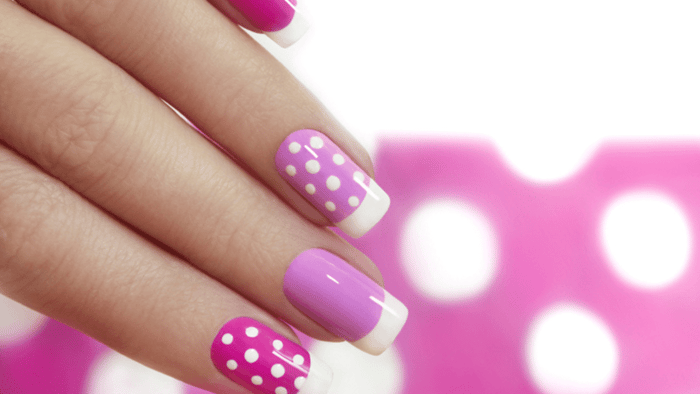
Your skin is the largest organ in the human body and an important part of our everyday life. It’s because of this that most people work hard toward a healthy skin routine and with products designed to protect you from the sun, infection, aging, and more.
Your skin is composed of three layers, the epidermis, dermis, and hypodermis, each with its own unique structure. However, the epidermal barrier, more commonly known as the skin barrier, is the outermost layer, therefore providing the most protection. Scientifically known as the stratum corneum, the skin barrier is 20 to 30 cell layers thick and presents secreted defensins, the skin’s first immune defense against bacteria and inflammation.
The skin barrier plays a significant part in keeping the appearance of youthful skin. The outer skin cell barrier is usually compared to a brick wall, containing cholesterol, fatty acids, and ceramides, which keep pathogens outside where they can’t cause trouble.
The skin barrier acts as a buffer system, a solution on your skin that keeps you alive by keeping the skin’s pH levels in a perfect balance of base and acid. Alongside this, the skin barrier locks in moisture to keep skin from drying up and becoming irritated.
So when the skin barrier is damaged action should be taken to restore the layer that keeps the skin safe from different dangers. But first, knowing what a damaged skin barrier looks and feels like is essential to treating it.

How to know if the skin barrier is damaged?
If the skin barrier is damaged, there are clear signs that make it noticeable. One of the first signs is water loss. Water loss can be visible, leaving skin dry and scaly, but it can also be physical. Dry skin caused by water loss after a skin barrier is damaged can leave painfully inflamed and irritated skin to the touch.
Water loss is one of the biggest indicators that the skin barrier needs saving when painful skin is accompanied by infections, acne, rosacea, eczema, and more. However, according to a recent study, skin conditions such as eczema might be caused by a hurt skin barrier and it can also cause one if it exists before other symptoms begin to show.
What can damage a skin barrier?
With easy-to-spot symptoms, a damaged skin barrier also relies on the ability to identify what has been causing the breakdown of the significantly protective layer of skin.
There are both external and internal threats to your skin barrier. External factors can include humid or dry environments, lots of sun, harmful soaps and skin products, allergens and pollutants in the air, and even poor air ventilation inside your home. Internal factors, including stress, genetic conditions, and pre-existing skin conditions, such as eczema, are just a few examples.
The skin barrier’s buffer system functions with the help of the acid mantle as well, which is a layer of acidic protection that stops harmful bacteria and fungal infections that can begin growing without it. When the acid mantle is weakened, so is the buffer system in place.
Some people might notice that their skin barrier is damaged because there is a decrease in the skin’s normal acidity. This might be caused by diabetes, and therefore, as a normal symptom of chronic health conditions, experts recommend maintaining a healthy acid mantle with the help of more acidic skin products.
The skin barrier and acid mantle damage might also occur if there are harmful chemicals in the soaps, scrubs, and serum that are used on the skin’s surface, which degrade the acid-base equilibrium that must be maintained. When the skin barrier is compromised as such, it can be hard for the skin barrier to repair itself to remain a normal water and acid balance, but there are other ways that can help that already ongoing process.

How to heal and protect the skin barrier
Although it has been proven that there is not a single best way to improve skin barrier damage, there are still many consistent factors that improve overall skin health.
While harsh soaps and skin products have been proven to break down skin barriers, the use of gentler cleansers and moisturizers, which are not soap-based agents and additives that can contain irritants and abrasives, have improved flare-ups caused by damaged skin. Cleansers and moisturizers will help the skin barrier self-repair by adding moisture that it has lost and leveling out the surface pH level.
Skincare routines with too many steps are another one of the bigger problems when it comes to making sure the skin barrier is getting the treatment that is needed. Exfoliators present a concern because they are abrasive by nature. To make sure that you’re buying the right products, especially if you have already sensitive skin, a dermatologist visit might be best.
To further repair skin, buy soothing moisturizers that contain petrolatum, which is proven to block 99% of water leaving your skin, as well as hyaluronic acid, and glycerin, which will bind water to the skin barrier. Ceramide moisturizers on the other hand will benefit those with acne, making sure that the irritation caused by the skin barrier is damaged while improving its overall structure. Finally, some relief can also be found in natural plant oils, such as soybean oil, jojoba oil, almond oil, and more.
 The skin barrier plays a major role in keeping healthy and safe skin. That means that it's absolutely essential to make sure that the skin barrier is protected from everything that might damage it and given everything that might restore it too. Learning more about the skin barrier is the first step in making sure that you know how to keep your own skin from the dangers of damage and prep you with approaches that can solve the problem if need be.
The skin barrier plays a major role in keeping healthy and safe skin. That means that it's absolutely essential to make sure that the skin barrier is protected from everything that might damage it and given everything that might restore it too. Learning more about the skin barrier is the first step in making sure that you know how to keep your own skin from the dangers of damage and prep you with approaches that can solve the problem if need be.
This article is meant to be informational and should not be treated as medical advice. You should always consult with your physician for any personal concerns or when feeling ill and before starting any new supplements.
Want to know everything going on in natural health and beauty? Sign up for BVU's newsletter. You can also follow along on Instagram and Facebook.




